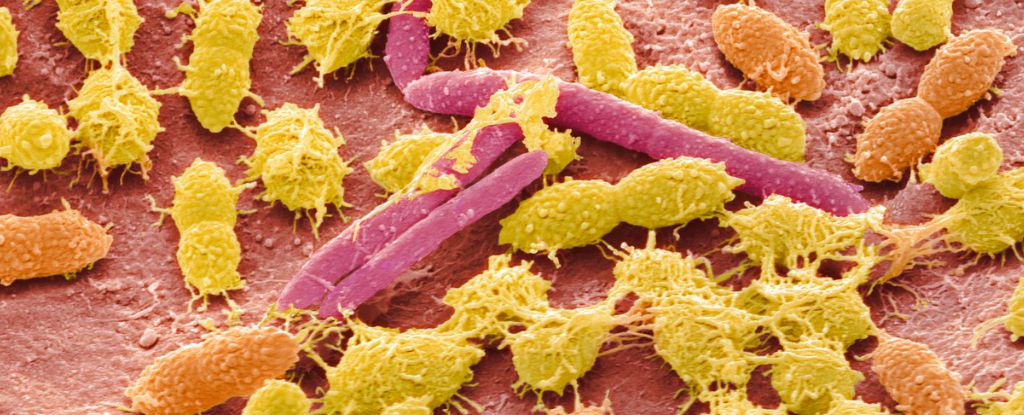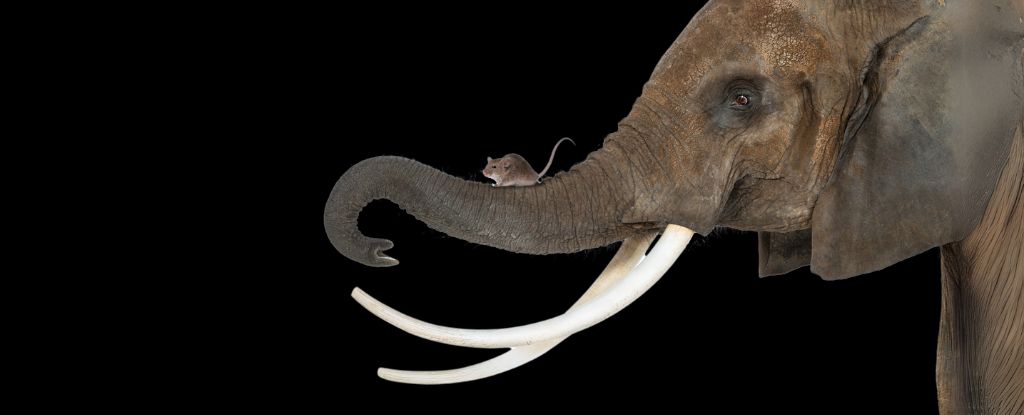Peering into the jungle of microbes that live within us, researchers have stumbled across what seem to be an entire new class of virus-like objects.
“It’s insane,” says University of North Carolina cell biologist Mark Peifer, who was not involved in the study, told Elizabeth Pennisi at Science Magazine. “The more we look, the more crazy things we see.”
These mysterious bits of genetic material have no detectable sequences or even structural similarities known to any other biological agents.
So Stanford University biologist Ivan Zheludev and colleagues argue their strange discovery may not be viruses at all, but instead an entirely new group of entities that may help bridge the ancient gap between the simplest genetic molecules and more complex viruses.
“Obelisks comprise a class of diverse RNAs that have colonized, and gone unnoticed in, human, and global microbiomes,” the researchers write in a preprint paper.
Named after the highly-symmetrical, rod-like structures formed by its twisted lengths of RNA, the Obelisks’ genetic sequences are only around 1,000 characters (nucleotides) in size. In fact, this brevity is likely one of the reasons we’ve failed to notice them previously.
In a study that has yet to be peer reviewed, Zheludev and team searched 5.4 million datasets of published genetic sequences and identified almost 30,000 different Obelisks. They appeared in about 10 percent of the human microbiomes the team examined.
In one set of data, Obelisks turned up in 50 percent of the patients’ oral samples. What’s more, different types of Obelisks appear to be present in different areas of our bodies.
“[This] supports the notion that Obelisks might include colonists of said human microbiomes,” the researchers explain.
They managed to isolate one type of host cell from our microbiome, the bacterium Streptococcus sanguinis – a common human mouth microbe. The Obelisk in these microbes had a loop 1,137 nucleotides long.
“While we don’t know the ‘hosts’ of other Obelisks,” write Zheludev and colleagues. “it is reasonable to assume that at least a fraction may be present in bacteria.”
The question of the Obelisks’ source aside, all seem to include codes for a new class of protein the researchers have named Oblins.
Instructions for building these proteins seem to take up at least half of the Obelisks’ genetic material. As these proteins are so similar across all the Obelisks, researchers suspect they may be involved in the entity’s replication process.
This ability to code for proteins makes them different from other known RNA loops called viroids, but they also don’t seem to have the genes to make protein shells that RNA viruses (including COVID-19) live within when they’re outside of cells.
They’re also significantly larger than other genetic molecules that coexist inside cells, from plants to bacteria, called plasmids, which are more commonly composed of DNA.
However, Zheludev and team couldn’t identify any impact of the Obelisks on their bacterial hosts, or a means by which they could spread between cells.
“These elements might not even be ‘viral’ in nature and might more closely resemble ‘RNA plasmids,'” they conclude.
This research has been uploaded to the preprint serve, bioRxiv.





